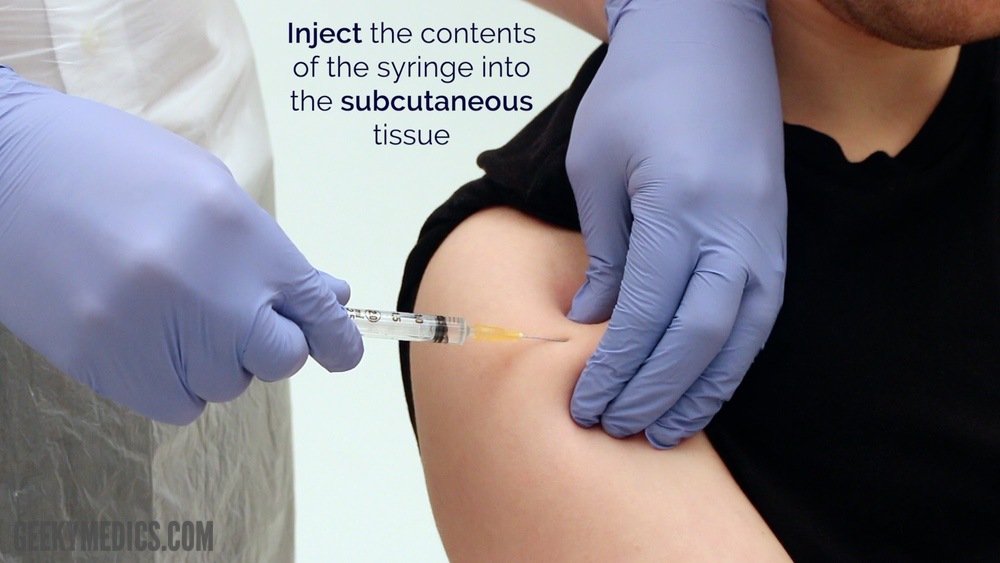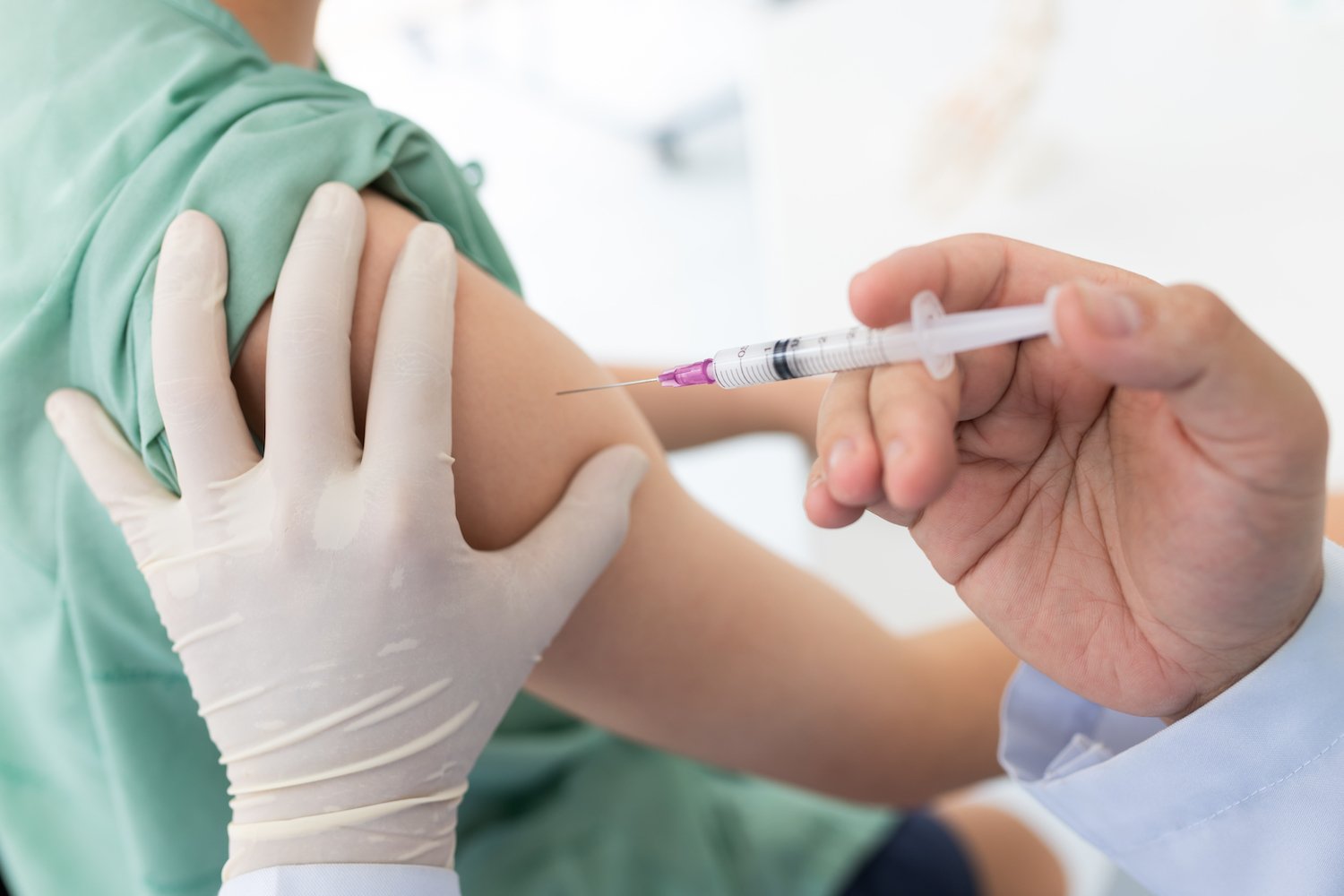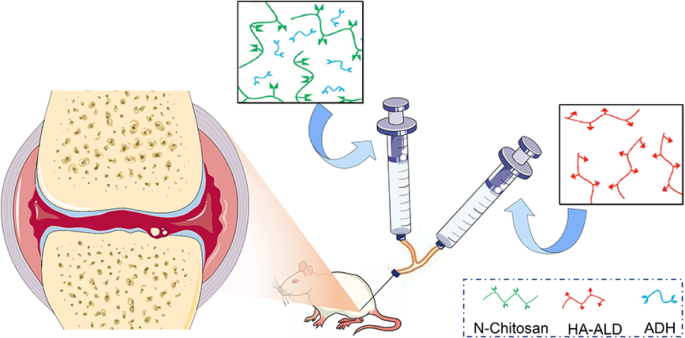Subcutaneous injections involve administration of medicine into the ideas
Home » health » Subcutaneous injections involve administration of medicine into the ideasYour Subcutaneous injections involve administration of medicine into the images are ready in this website. Subcutaneous injections involve administration of medicine into the are a topic that is being searched for and liked by netizens now. You can Download the Subcutaneous injections involve administration of medicine into the files here. Find and Download all free vectors.
If you’re looking for subcutaneous injections involve administration of medicine into the images information connected with to the subcutaneous injections involve administration of medicine into the interest, you have visit the right blog. Our site frequently provides you with hints for seeking the highest quality video and picture content, please kindly hunt and locate more enlightening video articles and graphics that match your interests.
Subcutaneous Injections Involve Administration Of Medicine Into The. These injections are typically administered in the abdomen upper arm or buttocks. Injectable anesthetics are administered subcutaneously in the periocular tissues. Subcutaneous means under the skin. In this type of injection a short needle is used to inject a drug into.
 Subcutaneous Sc Injection Osce Guide Geeky Medics From geekymedics.com
Subcutaneous Sc Injection Osce Guide Geeky Medics From geekymedics.com
Subcutaneous injections are used to give small amounts and certain kinds of medicine. Subcutaneous injection has not been commonly used in large-animal practice but concerns regarding lesions in meat following intramuscular injections are leading to a greater use of this route. In this type of injection a short needle is used to inject a drug into. In Veterinary Medicine Eleventh Edition 2017. Insert the needle at a 45-to-90-degree angle to the skin depending on the amount of underlying fatty tissue. Medications are administered by a registered nurse RN licensed practical nurse LPN physician child or family member who is knowledgeable about the medication and techniques of administering a subcutaneous SC injection to a child.
Subcutaneous injection has not been commonly used in large-animal practice but concerns regarding lesions in meat following intramuscular injections are leading to a greater use of this route.
It consists of connective tissue and fat and is minimally vascularized. Insert the needle at a 45-to-90-degree angle to the skin depending on the amount of underlying fatty tissue. It is not tightly adherent to the over- and underlying tissues and as such can hold larger volumes of medications. Principles of pharmacologic management see Chapter 6 are followed. Subcutaneous injections are administered into the region beneath the skin using a hypodermic needle attached to a graduated syringe. A doctor or pharmacist will provide training on how to administer self-injections.
 Source: slidetodoc.com
Source: slidetodoc.com
Each mouse receives a single daily dose administered as a bolus. Medications are administered by a registered nurse RN licensed practical nurse LPN physician child or family member who is knowledgeable about the medication and techniques of administering a subcutaneous SC injection to a child. Subcutaneous injection has not been commonly used in large-animal practice but concerns regarding lesions in meat following intramuscular injections are leading to a greater use of this route. The skin is made up of different layers. 15 If the patient is very thin create a skinfold with your thumb and forefinger to reduce the risk of injecting into the muscle.
 Source: ar.pinterest.com
Source: ar.pinterest.com
A subcutaneous injection is a method of administering medication. There are 3 parts to a syringe. It is not tightly adherent to the over- and underlying tissues and as such can hold larger volumes of medications. Insert the needle at a 45-to-90-degree angle to the skin depending on the amount of underlying fatty tissue. Injectable anesthetics are administered subcutaneously in the periocular tissues.
 Source: pinterest.com
Source: pinterest.com
Subcutaneous injection has not been commonly used in large-animal practice but concerns regarding lesions in meat following intramuscular injections are leading to a greater use of this route. Subcutaneous SC injections are administered into the adipose tissue layer just below the epidermis and dermis. In Veterinary Medicine Eleventh Edition 2017. 15 If the patient is very thin create a skinfold with your thumb and forefinger to reduce the risk of injecting into the muscle. Subcutaneous injections are used to give small amounts and certain kinds of medicine.
 Source: chegg.com
Source: chegg.com
SC injections involve depositing medications into the loose connective tissue underlying the dermis this tissue is not a richly supplied with blood vessels as muscles are. Principles of pharmacologic management see Chapter 6 are followed. Especially in palliative medicine involve multiple in-jections or continuous infusions both subcutane-ous and intravenous. Subcutaneous injections can easily be administered to mice without assistance. The skin is made up of different layers.
 Source: wikiwand.com
Source: wikiwand.com
Subcutaneous tissue is poorly supplied with blood vessels so medication absorption is slower than that of an IM injection. Subcutaneous injections are administered into the region beneath the skin using a hypodermic needle attached to a graduated syringe. Injectable anesthetics are administered subcutaneously in the periocular tissues. Subcutaneous means under the skin. It is not tightly adherent to the over- and underlying tissues and as such can hold larger volumes of medications.
 Source: pinterest.com
Source: pinterest.com
Subcutaneous means under the skin. They are used to administer medication into the fatty tissue layer between the skin and the muscle. Principles of pharmacologic management see Chapter 6 are followed. Subcutaneous tissue is poorly supplied with blood vessels so medication absorption is slower than that of an IM injection. A subcutaneous injection is a shot given into the fat layer between the skin and muscle.
 Source: cancerresearchuk.org
Source: cancerresearchuk.org
In Veterinary Medicine Eleventh Edition 2017. Subcutaneous injections can easily be administered to mice without assistance. Subcutaneous tissue is poorly supplied with blood vessels so medication absorption is slower than that of an IM injection. Insert the needle at a 45-to-90-degree angle to the skin depending on the amount of underlying fatty tissue. Providing the drug is not deposited in a fat depot this route provides a reasonable alternative to intramuscular injection.
 Source: wikiwand.com
Source: wikiwand.com
Medications are administered by a registered nurse RN licensed practical nurse LPN physician child or family member who is knowledgeable about the medication and techniques of administering a subcutaneous SC injection to a child. Subcutaneous injections can easily be administered to mice without assistance. Injectable anesthetics are administered subcutaneously in the periocular tissues. Providing the drug is not deposited in a fat depot this route provides a reasonable alternative to intramuscular injection. Subcutaneous injections deliver medication to the layer of fatty tissue between your skin and muscle.
 Source: homage.sg
Source: homage.sg
SC injections involve depositing medications into the loose connective tissue underlying the dermis this tissue is not a richly supplied with blood vessels as muscles are. The skin is made up of different layers. Providing the drug is not deposited in a fat depot this route provides a reasonable alternative to intramuscular injection. Injectable anesthetics are administered subcutaneously in the periocular tissues. The needle the barrel and the plunger.
 Source: geekymedics.com
Source: geekymedics.com
In this type of injection a short needle is used to inject a drug into. Subcutaneous injection has not been commonly used in large-animal practice but concerns regarding lesions in meat following intramuscular injections are leading to a greater use of this route. The subcutaneous tissue lies beneath the dermis and above the muscle tissue. Principles of pharmacologic management see Chapter 6 are followed. A subcutaneous injection involves placing a medication into the loose connective tissue under the dermis.
 Source: howtodiyeverything.com
Source: howtodiyeverything.com
Providing the drug is not deposited in a fat depot this route provides a reasonable alternative to intramuscular injection. It is not tightly adherent to the over- and underlying tissues and as such can hold larger volumes of medications. A subcutaneous injection involves placing a medication into the loose connective tissue under the dermis. In this type of injection a short needle is used to inject a drug into. Medications are administered by a registered nurse RN licensed practical nurse LPN physician child or family member who is knowledgeable about the medication and techniques of administering a subcutaneous SC injection to a child.
 Source: verywellhealth.com
Source: verywellhealth.com
Subcutaneous injections are a common practice for care providers. Subcutaneous administration of medicines The history of subcutaneous administration of morphine dates back to the American Civil War with the first subcutaneous sc injections to in-jected soldiers having been made in 1863. SC injections involve depositing medications into the loose connective tissue underlying the dermis this tissue is not a richly supplied with blood vessels as muscles are. Subcutaneous injections can easily be administered to mice without assistance. In Veterinary Medicine Eleventh Edition 2017.
 Source: pinterest.com
Source: pinterest.com
Insert the needle at a 45-to-90-degree angle to the skin depending on the amount of underlying fatty tissue. They are used to administer medication into the fatty tissue layer between the skin and the muscle. Injectable anesthetics are administered subcutaneously in the periocular tissues. Subcutaneous injections can easily be administered to mice without assistance. This type of injection may be beneficial for medications such as insulin and heparin that require continuous absorption.
 Source: quora.com
Source: quora.com
They are used to administer medication into the fatty tissue layer between the skin and the muscle. The skin is made up of different layers. A subcutaneous injection involves placing a medication into the loose connective tissue under the dermis. Subcutaneous SC injections are administered into the adipose tissue layer just below the epidermis and dermis. Its important that the medication is administered into the fatty layer and not the muscle or skin layer.
 Source: pinterest.com
Source: pinterest.com
This is the area into which subcutaneous injections are given. In this type of injection a short needle is used to inject a drug into. Injectable anesthetics are administered subcutaneously in the periocular tissues. A subcutaneous injection is a method of administering medication. What should I know about the syringe.
 Source: link.springer.com
Source: link.springer.com
A subcutaneous injection involves placing a medication into the loose connective tissue under the dermis. A subcutaneous injection is a shot given into the fat layer between the skin and muscle. 19 While introducing subcutaneous injection involve administration of medicine into the hypodermis below the dermis layer of skin because this layer has fewer blood vessels view the full answer Previous question Next question. Injectable anesthetics are administered subcutaneously in the periocular tissues. The needle the barrel and the plunger.
 Source: researchgate.net
Source: researchgate.net
Insert the needle at a 45-to-90-degree angle to the skin depending on the amount of underlying fatty tissue. Subcutaneous injection has not been commonly used in large-animal practice but concerns regarding lesions in meat following intramuscular injections are leading to a greater use of this route. This is the area into which subcutaneous injections are given. Each mouse receives a single daily dose administered as a bolus. This type of injection may be beneficial for medications such as insulin and heparin that require continuous absorption.
 Source: researchgate.net
Source: researchgate.net
A subcutaneous injection involves placing a medication into the loose connective tissue under the dermis. Subcutaneous tissue is poorly supplied with blood vessels so medication absorption is slower than that of an IM injection. There are 3 parts to a syringe. SC injections involve depositing medications into the loose connective tissue underlying the dermis this tissue is not a richly supplied with blood vessels as muscles are. 19 While introducing subcutaneous injection involve administration of medicine into the hypodermis below the dermis layer of skin because this layer has fewer blood vessels view the full answer Previous question Next question.
This site is an open community for users to submit their favorite wallpapers on the internet, all images or pictures in this website are for personal wallpaper use only, it is stricly prohibited to use this wallpaper for commercial purposes, if you are the author and find this image is shared without your permission, please kindly raise a DMCA report to Us.
If you find this site beneficial, please support us by sharing this posts to your favorite social media accounts like Facebook, Instagram and so on or you can also save this blog page with the title subcutaneous injections involve administration of medicine into the by using Ctrl + D for devices a laptop with a Windows operating system or Command + D for laptops with an Apple operating system. If you use a smartphone, you can also use the drawer menu of the browser you are using. Whether it’s a Windows, Mac, iOS or Android operating system, you will still be able to bookmark this website.
Category
Related By Category
- Banzai bowl nutrition facts ideas
- Fish without bones ideas
- Dennie morgan lines information
- Can you eat after a filling information
- Zofran breastfeeding ideas
- Essential oils for fever ideas
- Torus palatinus sore information
- Nursing night light information
- Feels like something crawling in my eye information
- Choledochlithiasis ideas